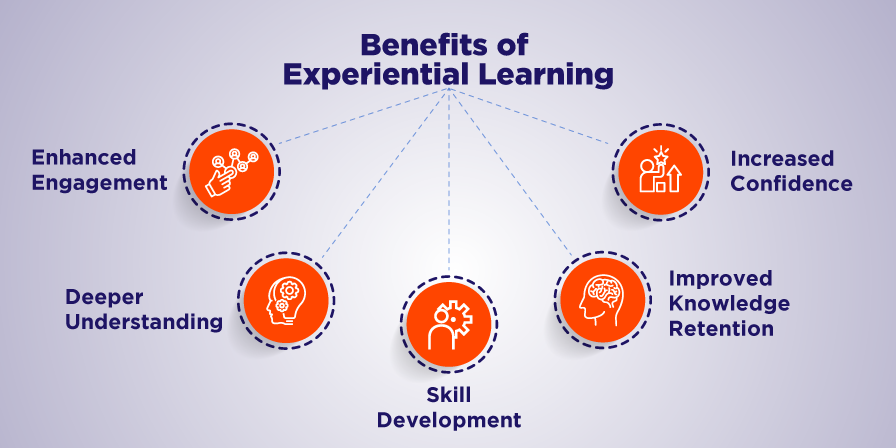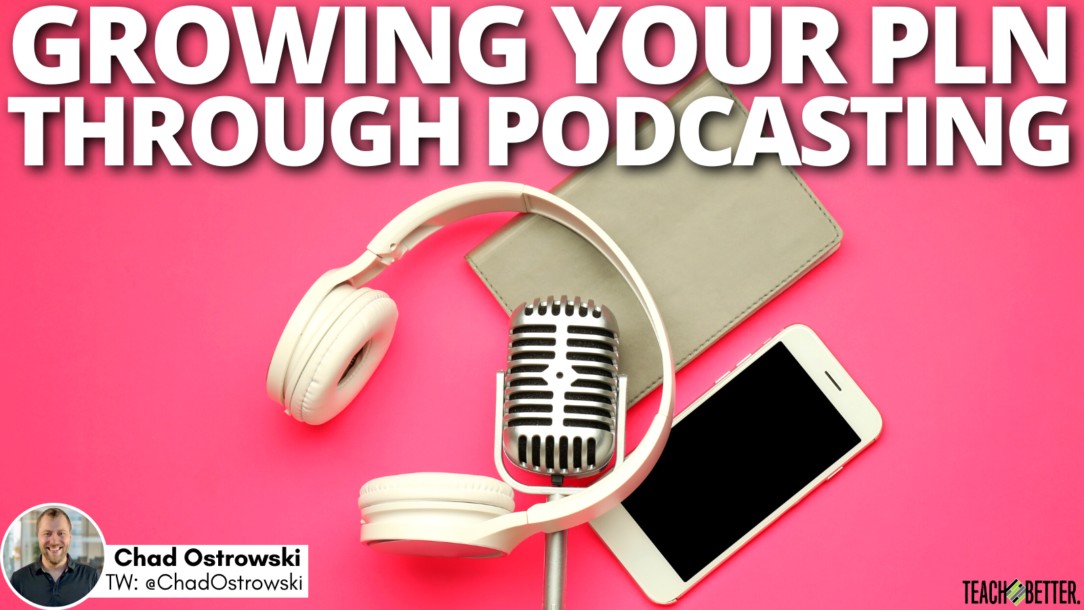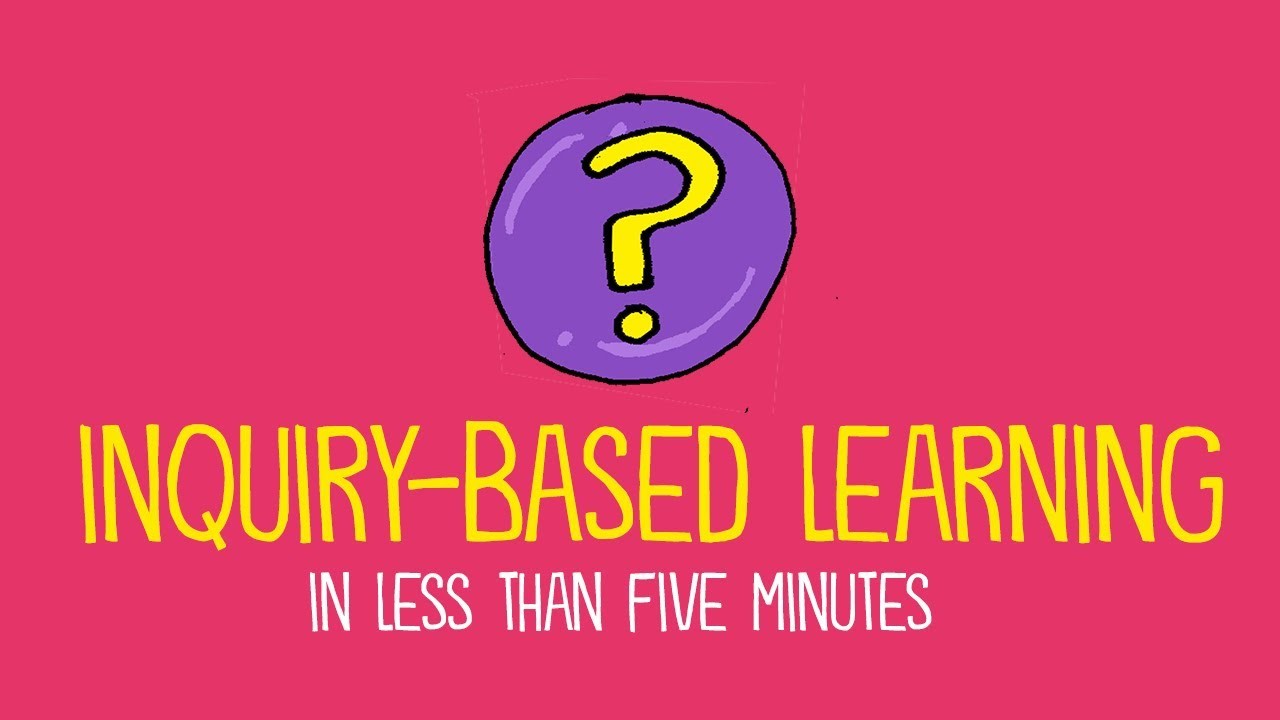In today’s information-rich world, where knowledge is abundant and learning is a continuous pursuit, students, professionals, and lifelong learners often find themselves grappling with a formidable adversary: cognitive overload. This phenomenon occurs when the amount of information attempting to enter our working memory exceeds its capacity, leading to frustration, reduced comprehension, and diminished retention. It’s that feeling of hitting a mental brick wall, where new concepts simply refuse to stick, or even familiar material becomes jumbled. Far from being a sign of intellectual inadequacy, cognitive overload is a natural limitation of the human brain’s processing power. However, by understanding its mechanisms and employing strategic techniques, individuals can significantly reduce this mental burden, transforming the learning process from a struggle into an efficient, even enjoyable, pursuit.
The journey to mitigating cognitive overload begins with a fundamental understanding of **working memory’s limitations**. Our working memory, often likened to a mental workbench, is where active processing of information takes place. It’s notoriously small, capable of holding only a limited number of items (typically around 4-7 chunks of information) at any given time. When too much new or complex information is presented too quickly, this workbench becomes cluttered, preventing effective encoding and transfer to long-term memory. Recognizing this finite capacity is the first step towards respecting the brain’s natural boundaries. Instead of trying to cram vast amounts of disparate data, the goal should be to present information to the brain in a way that respects its processing constraints, allowing it to move smoothly from working memory to more permanent storage.
One of the most effective strategies for reducing cognitive overload is **chunking and breaking down complex information**. Instead of attempting to absorb a lengthy chapter or a convoluted concept all at once, divide it into smaller, manageable segments. Each chunk should represent a distinct idea or a set of related facts that can be processed independently. For example, when studying a new programming language, instead of trying to learn all syntax rules, data types, and control structures simultaneously, focus on mastering variables first, then simple operations, then conditional statements. By grouping related information into “chunks,” you reduce the number of individual items your working memory needs to hold. This systematic approach allows the brain to fully process and integrate each piece before moving on, preventing the feeling of being overwhelmed and fostering a more solid understanding of the whole.
Furthermore, **prioritizing and focusing on core concepts** is crucial to avoid getting lost in the details. Often, learning materials are rich with supplementary information, interesting anecdotes, or secondary examples. While these can be valuable for context, they can also contribute to overload if not managed judiciously. Before diving deep, identify the main takeaways, the key theories, or the essential skills you need to grasp. Use learning objectives, chapter summaries, or even quick scans of headings to determine what truly matters. For instance, when reading a research paper, first identify the central hypothesis, methodology, and key findings. Only after grasping these core elements should you delve into the intricacies of the statistical analysis or the broader implications. This strategic prioritization ensures that your working memory is dedicated to the most critical information, building a strong conceptual framework before adding supporting details.
Beyond content management, **optimizing the presentation of information** plays a significant role in minimizing cognitive overload. This relates to the design principles of learning materials themselves. Overly text-dense pages, cluttered diagrams, or a lack of visual hierarchy can quickly overwhelm the learner. Utilizing clear headings, whitespace, and relevant visuals can make complex information more digestible. The use of dual coding, where information is presented both verbally and visually (e.g., explaining a process with both text and a flow chart), can be particularly effective. Our brains process visual and auditory information through different channels, and when these channels are used in conjunction, it can reduce the load on either one individually, leading to better comprehension and retention. A well-designed textbook or presentation, in essence, pre-processes the information to make it easier for your working memory to handle.
Finally, integrating **regular breaks and active recall techniques** into your study routine can significantly enhance your brain’s capacity to learn and retain information. The human brain is not designed for continuous, high-intensity processing. Short, frequent breaks (like the Pomodoro Technique’s 25 minutes of work followed by 5 minutes off) allow working memory to clear, consolidate information, and recharge. These breaks prevent mental fatigue and help maintain focus. Coupled with this, active recall – the process of consciously retrieving information from memory without looking at notes – is one of the most powerful learning strategies. When you force your brain to remember a concept, rather than just rereading it, you strengthen the neural pathways associated with that information. For example, after studying a section, close your book and try to explain the main points aloud or write them down. This act of retrieval identifies gaps in your understanding and reinforces learning, making the most efficient use of your working memory’s efforts.
In conclusion, cognitive overload is a common hurdle in the learning process, but it is by no means an insurmountable one. By understanding the finite capacity of our working memory, and by consciously employing strategies such as chunking information, prioritizing core concepts, optimizing the presentation of learning materials, and integrating strategic breaks with active recall, individuals can significantly reduce mental strain. These techniques transform the learning experience, allowing the brain to process information more effectively, leading to deeper comprehension, better retention, and ultimately, a more productive and less stressful path to knowledge acquisition.




